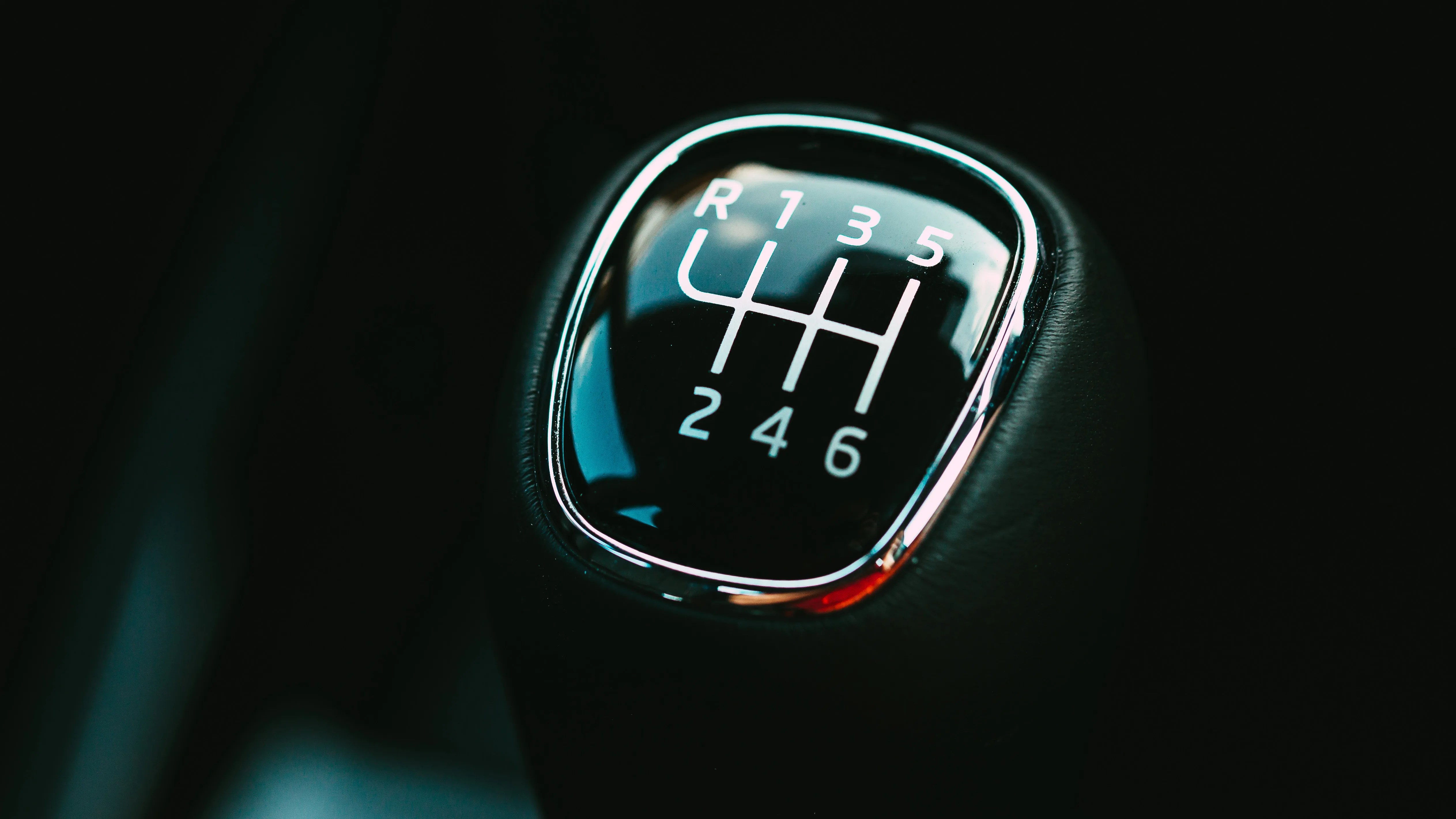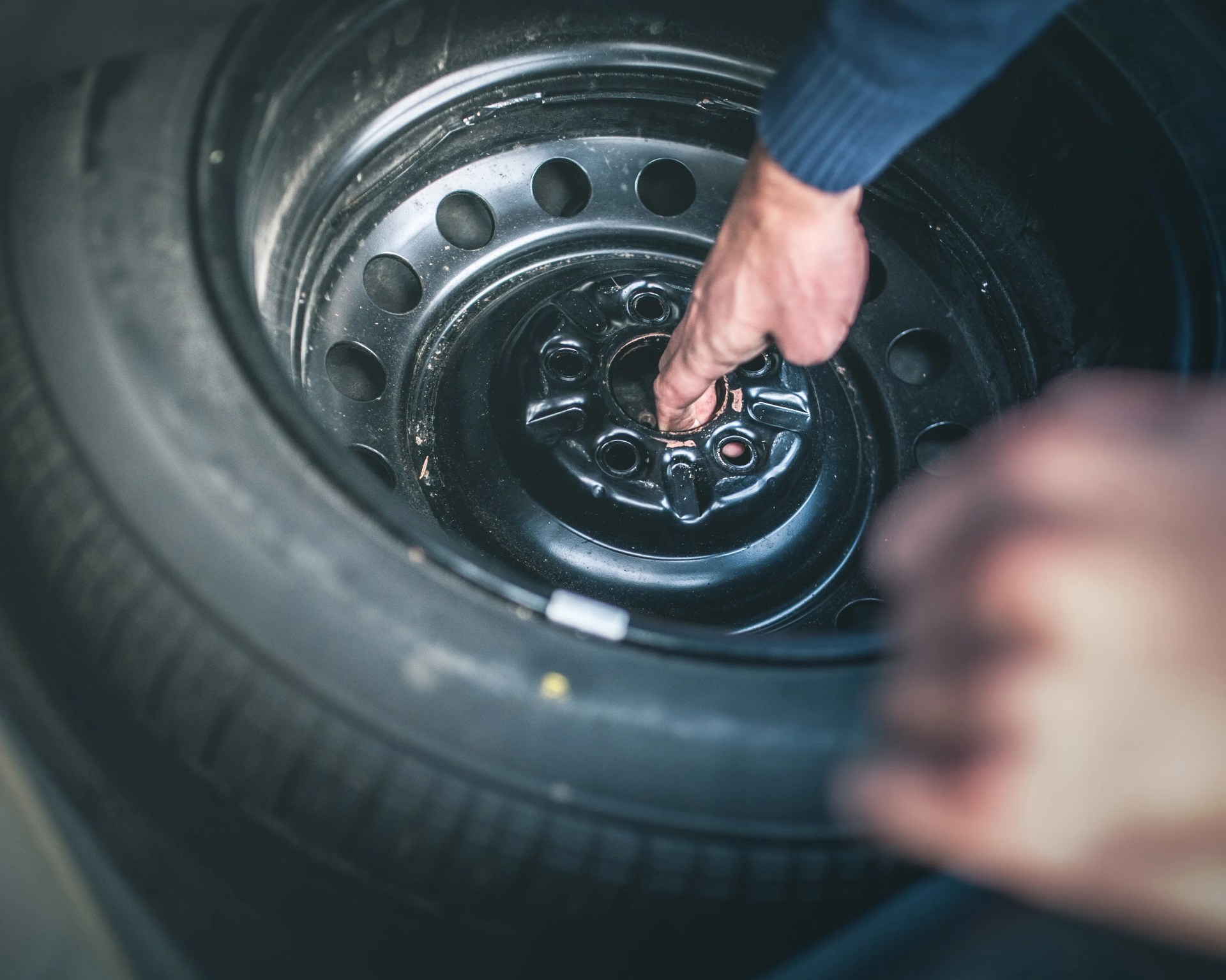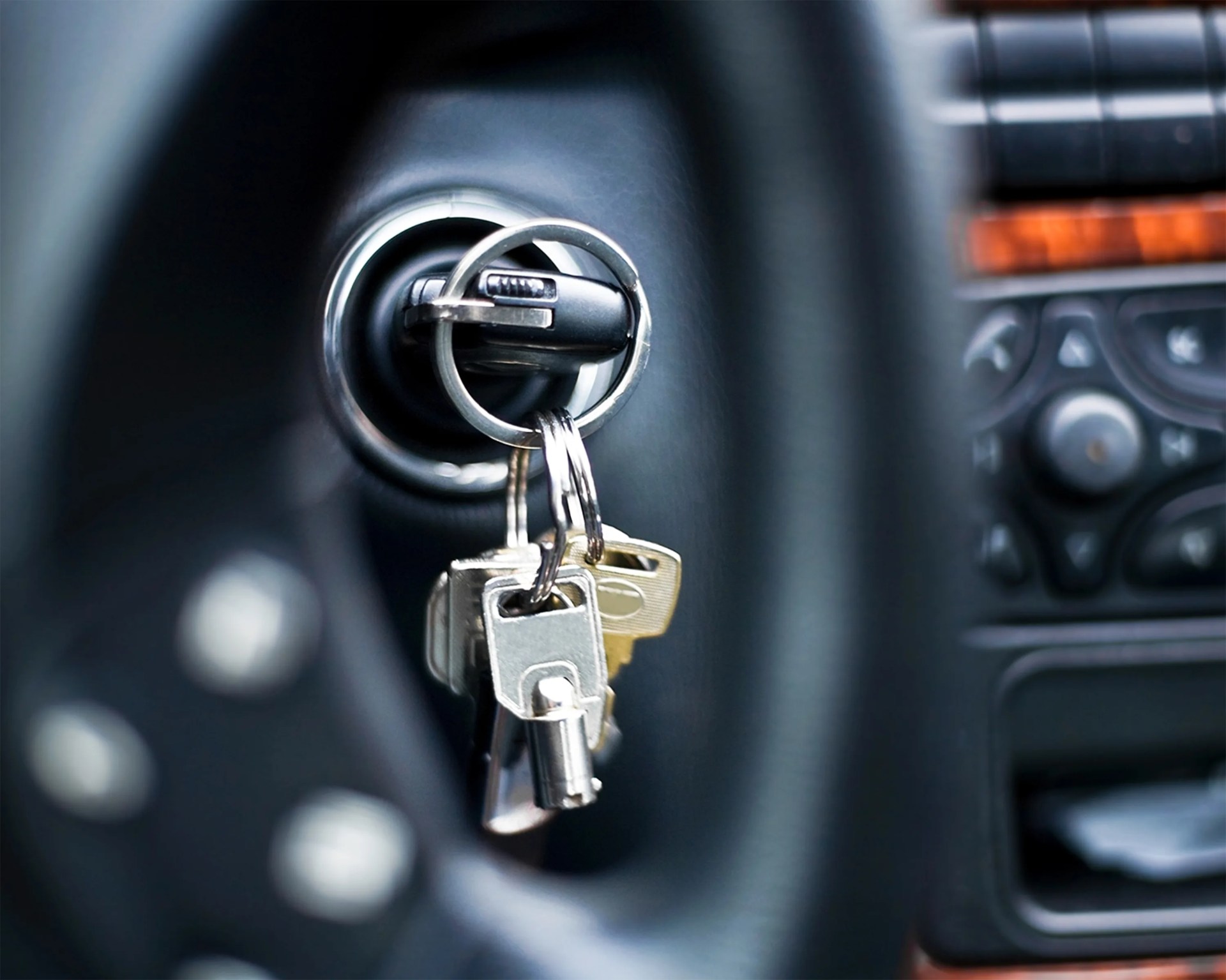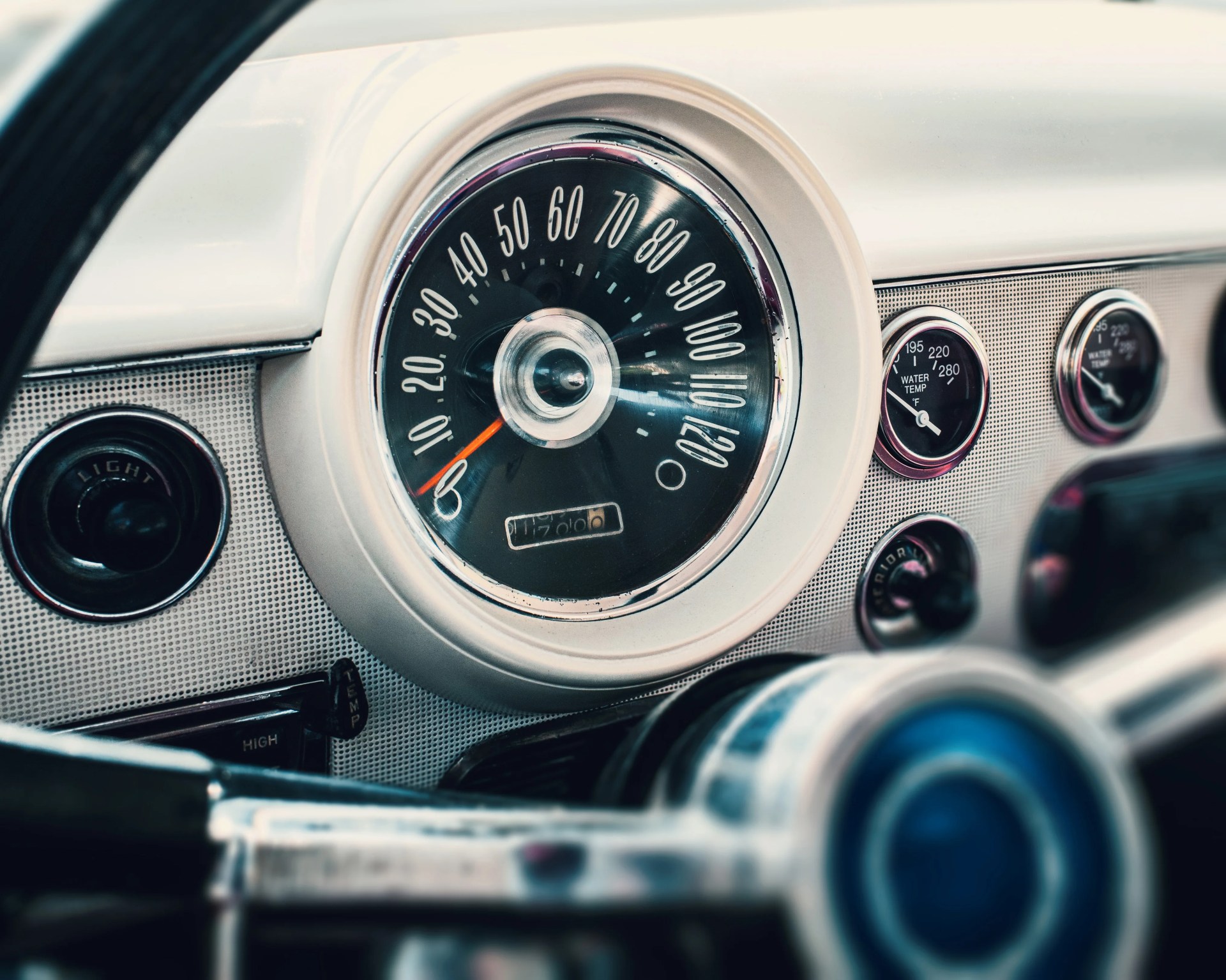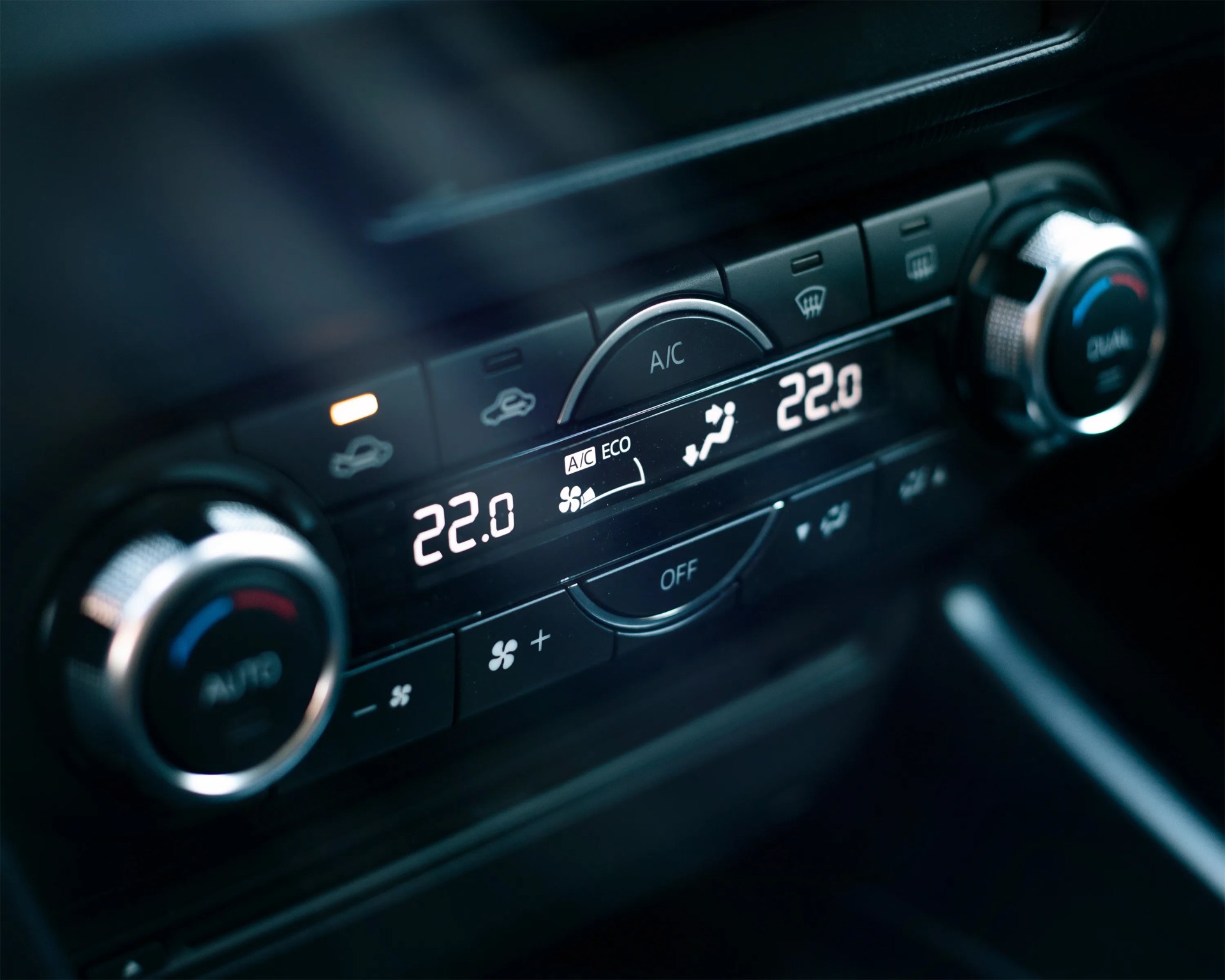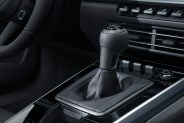The inevitable march of progress means that the automotive industry is in a state of constant flux — each model year necessitates an update that addresses customer needs and improves on its predecessor in some way.
As a result, even technologies that were once considered novel or cutting-edge can quickly fall out of favor due to the arrival of something faster, shinier or more powerful.
In most cases, this ongoing cycle of innovation and obsolescence results in obvious and warranted changes (looking at you, carburetors, crank windows and car phones).
However, some features are far subtler in their disappearance from the market — you might not even know that they’ve become bygone relics.
Whether it’s something outdated, like a CD player, or something unused, like a spare tire, what follows are a dozen car features that are going extinct before buyers’ eyes.
1. Manual transmissions
According to the 2024 EPA Automotive Trends report, manual transmissions were included in almost 35 percent of new vehicles in 1980. However, stick shifts have accounted for less than 1 percent of all production since the 2021 model year.
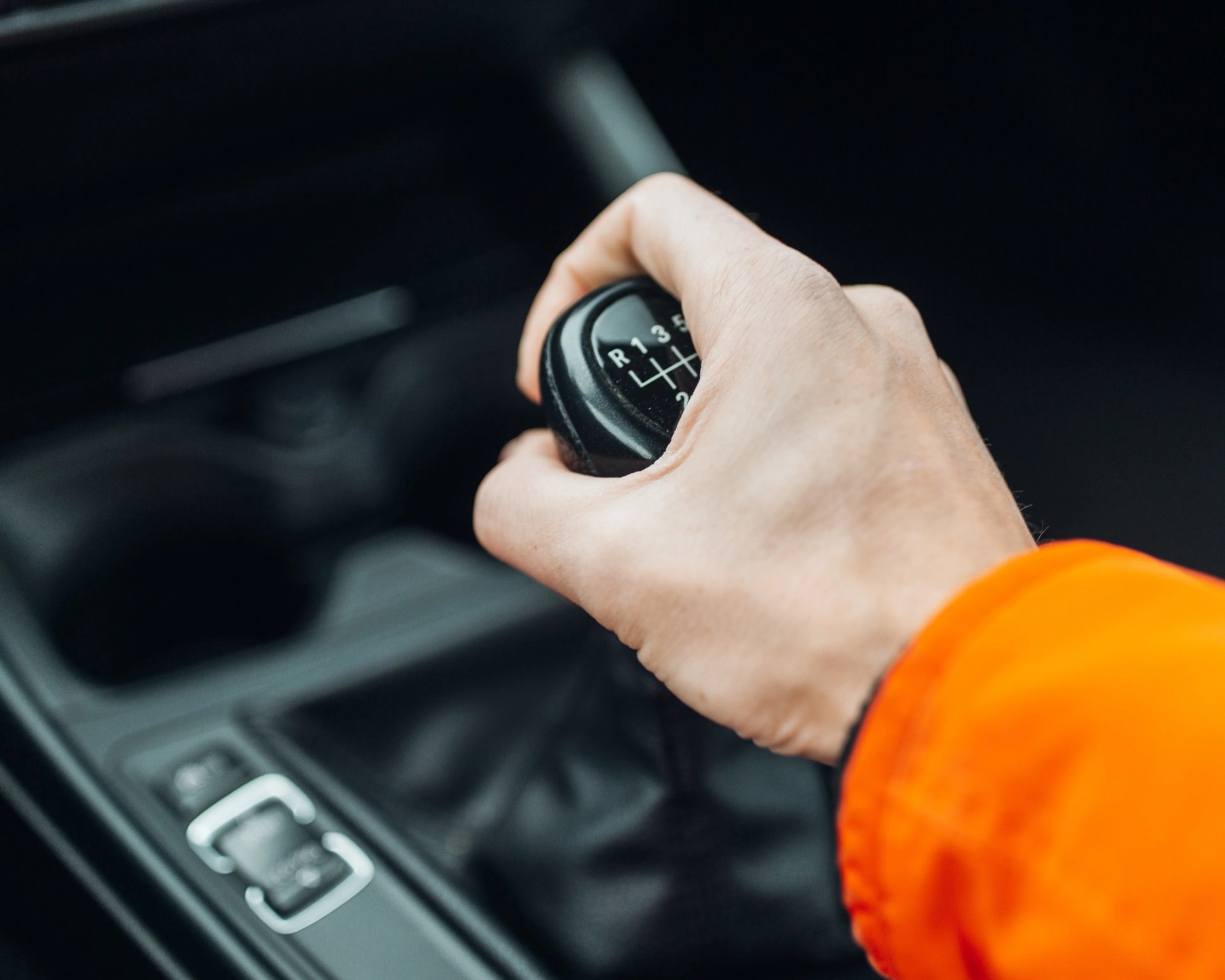
While the death of the manual amounts to a great loss for enthusiasts, it’s clear that most new car buyers prioritize driving convenience over the art of rowing their own gears.
